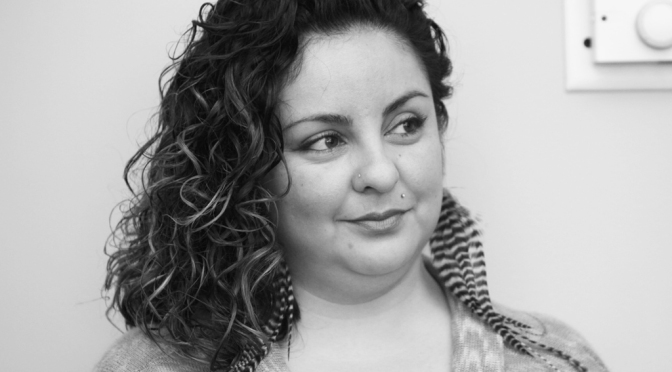It has been dubbed the “18-Day Revolution,” the internationally acclaimed movement that saw millions of Egyptian organizers end the 30-year dictatorship of Hosni Mubarak.
“This story on Egypt, more Americans are following this than any international event not directly involving the United States in history. It really has struck a cord—really inspired people,” said Politics Professor Stephen Zunes at a teach-in event held last Monday.
To educate the community about how and why Egypt’s uprising took place, USF’s Muslim Association and YALLA! Students in Solidarity organized a three-hour event called “Egypt’s Uprising: To and From Liberation Square.”
The teach-in featured a panel of four USF professors and skype interviews of outside guests who partook in Egypt’s uprising firsthand. Topics ranged from the influence of U.S. foreign policy in the Middle East to the roles of youth and social media, and a historical breakdown leading up to the uprising.
Protests emerged in Cairo, Alexandria and other cities from Jan. 25 to Feb. 11 as a result of Hosni Mubarak’s dictatorship in restricting free speech and free elections (next in line for the presidency was Mubarak’s son), high unemployment rates including university graduates, and the emergency law that extended police powers and denied constitutional rights.
Boston University graduate Zane Ahmadein, who lives in Egypt, shared his experience in the demonstrations. Ahmadein said he became involved after friends described to him the situation of the Jan. 25 revolts, and influenced by his instincts of right and wrong, he began demonstrating the next day.
Within moments of stepping into the demonstration on Jan. 26, Ahmadein said he saw a shotgun aimed at him. Unaware of what type of guns the police were using, he realized “it was just a sound gun, and it wasn’t directed at me it was directed at the crowd.”
What first began with peaceful chants erupted into turmoil as police forces charged at the demonstrators “at full speed, and hit anyone that they got in touch with.”
“Eventually it got to a point where I felt my life was in danger,” Ahmadein said.
Ahmadein joined another peaceful protest that same week when the Egyptian government disconnected mobile phones and the internet to limit communication between demonstrators.
At this demonstration, police once again used brutal force against the demonstrators, including the use of tear gas. Ahmadein said he witnessed individuals lose their lives, even some who had been decapitated.
Although demonstrations were meant to be peaceful, Ahmadein said protestors only used violence as defense and reciprocated police attacks.
Politics Professor Shalendra Sharma delved into the dictatorship of Hosni Mabarak as a disappointment to the Egyptian people. “Egypt used to be a trend setter in the Arab world, it was the place of high culture, of music and literature. Then it became bleak and a drab place. Then you had the emperors and you had the Dubai’s of the world, the materialism…and the Egyptians resented it quickly,” he said.
Prior to Mubarak’s presidency, Gamal Abdel Nasser was Egypt’s second president from 1956 until his untimely death in 1970. He is known for his role in helping overthrow the monarchy in Egypt and Sudan. Although his legacy had mixed criticisms, he was greatly admired by the Arab world for his anti-imperialist efforts.
After Nasser’s death, Vice President Anwar El-Sadat took his place as president, but was assassinated in 1981 after declaring peace with Israel, which was viewed as an act of deceit in the Arab world.
Mubarak began his 30-year reign thereafter. “For all the sense of propriety offended Egyptians, the sheer arrogance that somehow only him and his son can rule Egypt…in the sense he became the pharaoh, and unlike Sadat, and unlike to some extent Nasser, he broke the moral contract of his people,” Professor Sharma said.
Professor Zune said, “For decades, Mubarak was considered what we call a friendly dictator,”
“Over the past 30 years, both the Republican and Democratic administrations took 70 billion dollars of our tax money—money that could have been used for education, healthcare, housing, public transportation…to crop up the Mubarak regime, primarily in the form of military aid.”
According to Professor Zune, the United States has supported Egypt through military aid because the White House considers Egypt an important ally.
To President Barack Obama’s credit, Professor Zune said, “he spoke strongly against shutting down the internet and threatened to cut-off military aid…if U.S. weapons were used in massacre or other form of oppression and eventually called for speedy transition to democracy.”
But the United States did not play a role in the transition to democracy. Mubarak’s resignation Mubarak on Feb. 11 is all in credit to the demonstrators, because even the strongest dictators cannot rule without the cooperation of people.
“Who deserves credit for the Egyptian Revolution? It’s the Egyptian people,” Professor Zune said.
In the fight for justice, Egyptian activist Zena Sallam said action must be taken into people’s own hands. “If we don’t act on it, then who will? We’ve lost trust in the government. We’ve lost trust in what they can provide us with…it’s time to be accountable and it’s time to be responsible.”
Editor-in-Chief: Heather Spellacy
Chief Copy-Editor: Natalie Cappetta
News Editor: Ericka Montes

